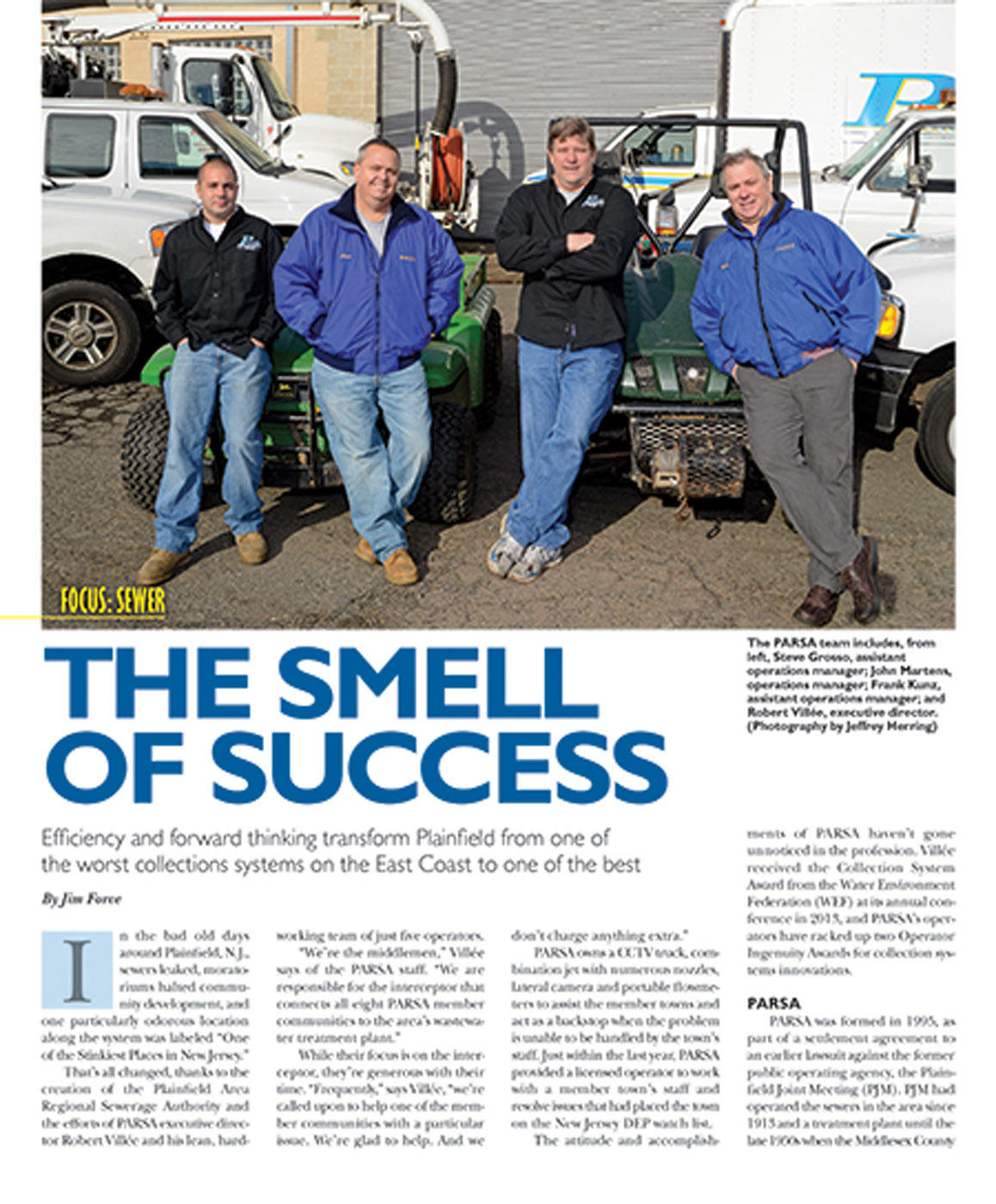Resiliency. Maybe it isn’t the first word you thought about 30 years ago when discussing the necessary qualities of a water and wastewater utility, but if you’re not talking about it now, you’re behind the curve.
The world is continually evolving. Our population is growing. The climate is changing. Regardless of your politics and whether you think that last fact is a result of man-made factors, the earth’s natural cycles, or God’s wrath, it is a fact.
The need for resiliency is important no matter what area you serve, but it’s certainly more so in some locations. Drought-proofing and ensuring a reliable supply of water for the future is critical in the Southwest. Protecting resources and infrastructure from rising sea levels is critical in coastal areas. Preventing contamination is a major concern in industrial areas.
Hurricane Dorian is roaring up the East Coast as I write this. It’s the type of scenario you can’t prevent and can never truly be fully prepared for, but it’s a good case in point. Utilities that haven’t attacked inflow and infiltration are going to experience sanitary sewer overflows. Pump stations will be knocked out. Stormwater systems will be flooded. And in those floods, pollution and contamination become very real health and safety problems.
There are many forward-thinking utilities that have been addressing these types of issues. The Plainfield Area Regional Sewerage Authority in New Jersey immediately comes to mind. The utility’s efforts to improve operations and the efficiency of its collections system were profiled in Municipal Sewer & Water in 2014. Inspection, sliplining, grouting, and other I&I reduction and flood control measures have all helped move the utility from the New Jersey Department of Environmental Protection watchlist to one that’s winning awards from the Water Environment Federation.
Miami, profiled here in 2017, is another utility that comes to mind. The city’s Water and Sewer Department is spending billions to overcome climate change (including rising sea levels), replace aging infrastructure, address the threat of cybersecurity, comply with new regulations and still meet the demands of economic growth and an expanding population. WEF named the Miami WASD a Utility of the Future, thanks to its efforts to build resiliency into its systems.
And in this issue of MSW, you’ll read about the Prince George Utilities Division in British Columbia, another utility focused on preparing for the future. The utility operates a unique caisson-lateral system that delivers the city’s drinking water, a sewer program that focuses on source control, stormwater management to reduce pollution of nearby rivers and the operation of an energy recovery loop that heats downtown buildings.
It’s all part of an integrated community sustainability plan designed to be a model of sustainable cities across Canada and centered on the concept that a healthy environment supports a robust and stable economy.
Some issues are unique to specific geographical areas. Some issues affect all utilities. Regardless, you all have a responsibility to the future of your communities, and to the health and safety of all who follow you. I hope these stories can help you along your way.
Enjoy this month’s issue.






